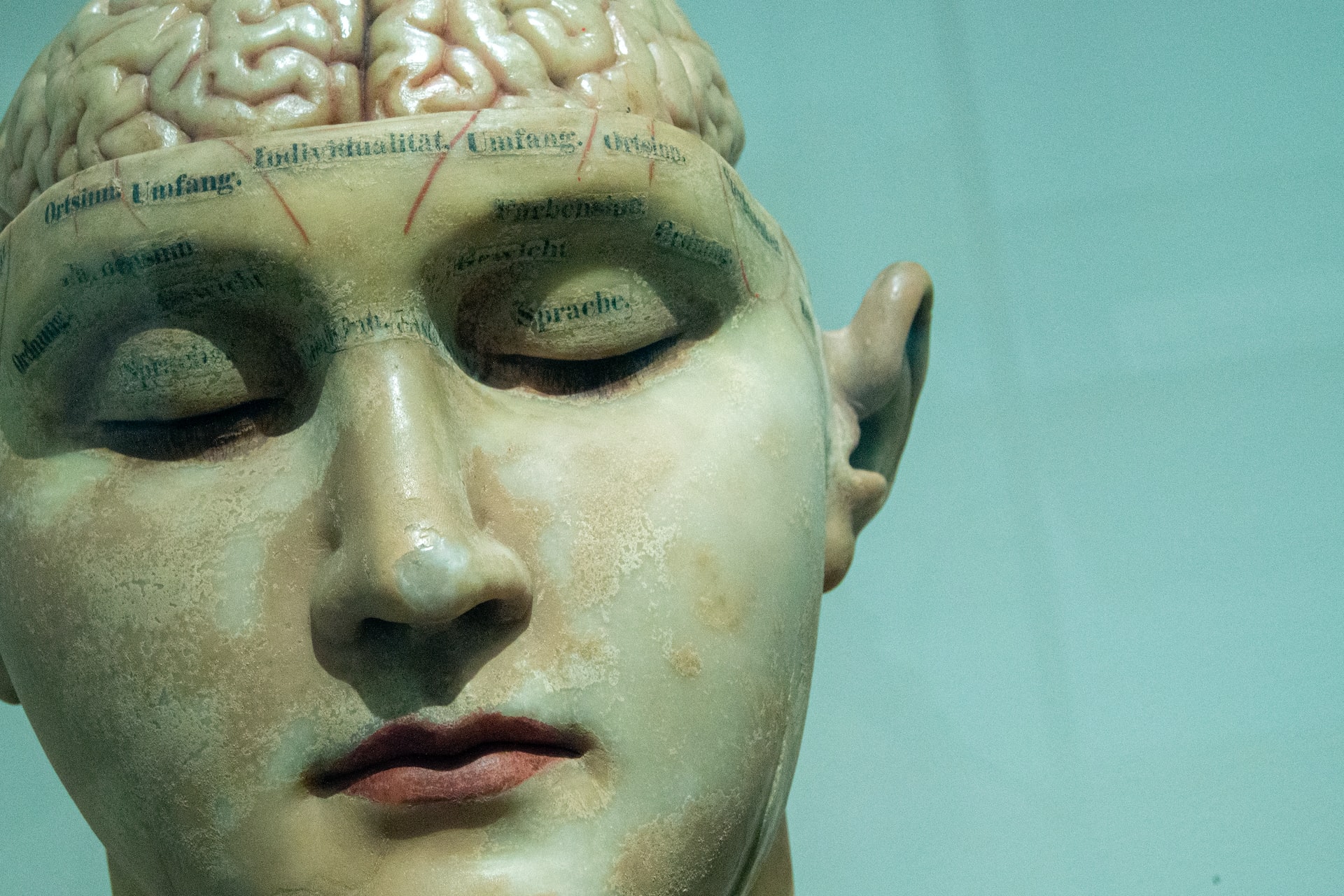Demystifying Parkinson’s: A Comprehensive Guide
Demystifying Parkinson’s: A Comprehensive Guide
Parkinson’s disease is a complex neurological condition that affects millions of people worldwide. While it’s often associated with tremors and slow movement, there’s much more to understand about this progressive disorder.
At its core, Parkinson’s involves the loss of brain cells that produce dopamine, a crucial chemical for controlling movement. This gradual loss leads to the hallmark symptoms of the disease.
The main signs of Parkinson’s include tremors (usually starting in one hand), stiffness in muscles, slow movement (called bradykinesia), and problems with balance and coordination. However, Parkinson’s isn’t just about movement issues. Many people experience non-motor symptoms too, like loss of smell, sleep problems, constipation, and changes in mood or thinking.
Diagnosing Parkinson’s can be tricky since there’s no single definitive test. Doctors, usually neurologists specializing in movement disorders, rely on a combination of physical exams, medical history, and sometimes brain scans to make a diagnosis. They look for key signs like the classic “pill-rolling” tremor and how a person responds to medication.
The exact cause of Parkinson’s remains a mystery, but researchers believe it’s a mix of genetic and environmental factors. Some genes have been linked to an increased risk, and exposure to certain toxins or head injuries might play a role too.
Treatment for Parkinson’s focuses on managing symptoms since there’s currently no cure. The main approach involves medications that either replace dopamine or mimic its effects in the brain. As the disease progresses, the treatment plan often needs adjusting.
Beyond medication, exercise has emerged as a powerful tool in managing Parkinson’s. Regular physical activity can help maintain mobility, balance, and overall quality of life. Many people find activities like boxing, dancing, or tai chi particularly helpful.
Living with Parkinson’s presents challenges, but many people lead fulfilling lives for years after diagnosis. Support from family, friends, and healthcare professionals is crucial. Joining support groups can provide valuable information and emotional support.
Research into Parkinson’s is ongoing, with scientists exploring new treatments and working towards better understanding of the disease. Some promising areas include stem cell therapy, gene therapy, and new drug targets.
Early detection of Parkinson’s is becoming increasingly important. Researchers are investigating potential early signs, like changes in handwriting or voice, that might help identify the disease before motor symptoms appear.
While a Parkinson’s diagnosis can be scary, it’s important to remember that each person’s experience is unique. With proper care and support, many people with Parkinson’s continue to enjoy life and pursue their passions for years after diagnosis.
Understanding Parkinson’s is an ongoing process, both for those living with the condition and for researchers. As we learn more, we move closer to better treatments and, hopefully, a cure for this complex but manageable disease[1][2][3][4][7].





